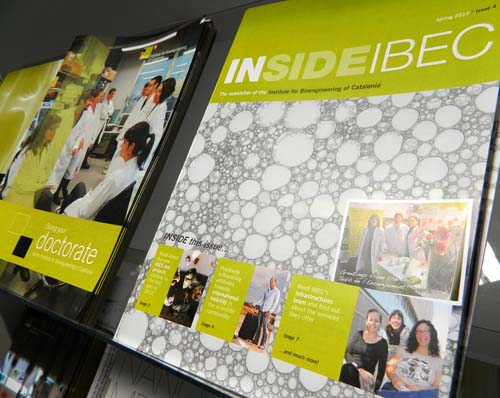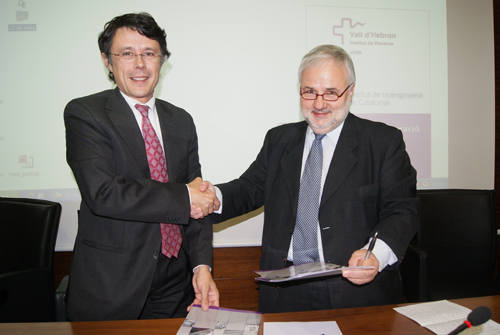 Last week saw the start of the three-year European project PLANTOID, of which IBEC’s Nanobioengineering group is a partner, which aims to design and develop robots inspired by plants.
Last week saw the start of the three-year European project PLANTOID, of which IBEC’s Nanobioengineering group is a partner, which aims to design and develop robots inspired by plants.
Coordinated by the Center for Micro-BioRobotics (CMBR) of the Istituto Italiano di Tecnologia, the project “Innovative Robotic Artefacts Inspired by Plant Roots for Soil Monitoring (PLANTOID)”, which is funded within the European Commission’s prestigious Future and Emerging Technologies Open (FET-Open) scheme, aims to create robots called Plantoids which, combining a new generation of hardware and software technologies, will be able to imitate the behaviour of plant roots.

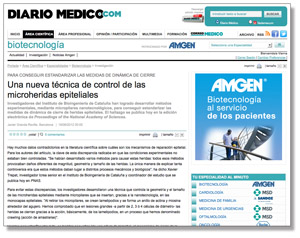
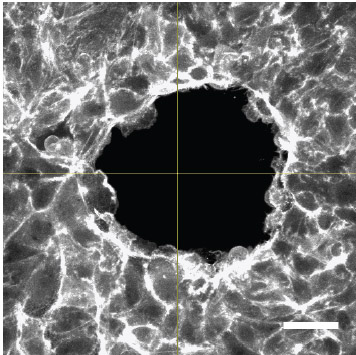
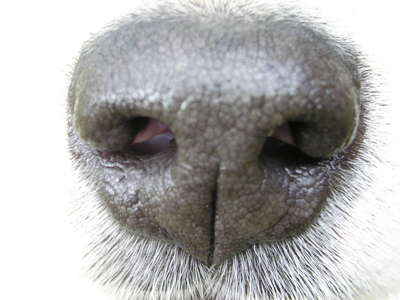
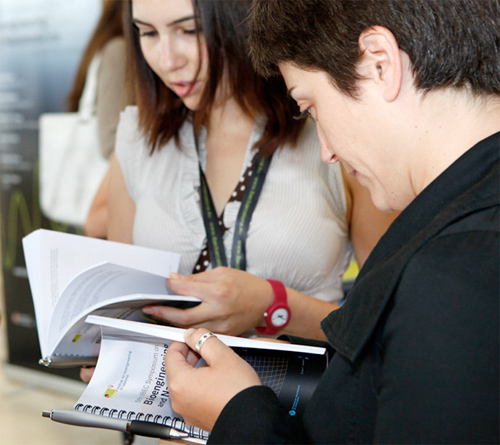

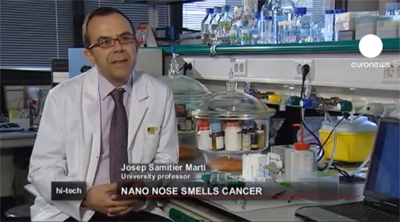
 Last week IBEC signed two collaboration agreements with the Institut d’Investigació en Ciències de la Salut Germans Trias i Pujol (IGTP) to carry out and promote scientific and translational research.
Last week IBEC signed two collaboration agreements with the Institut d’Investigació en Ciències de la Salut Germans Trias i Pujol (IGTP) to carry out and promote scientific and translational research.